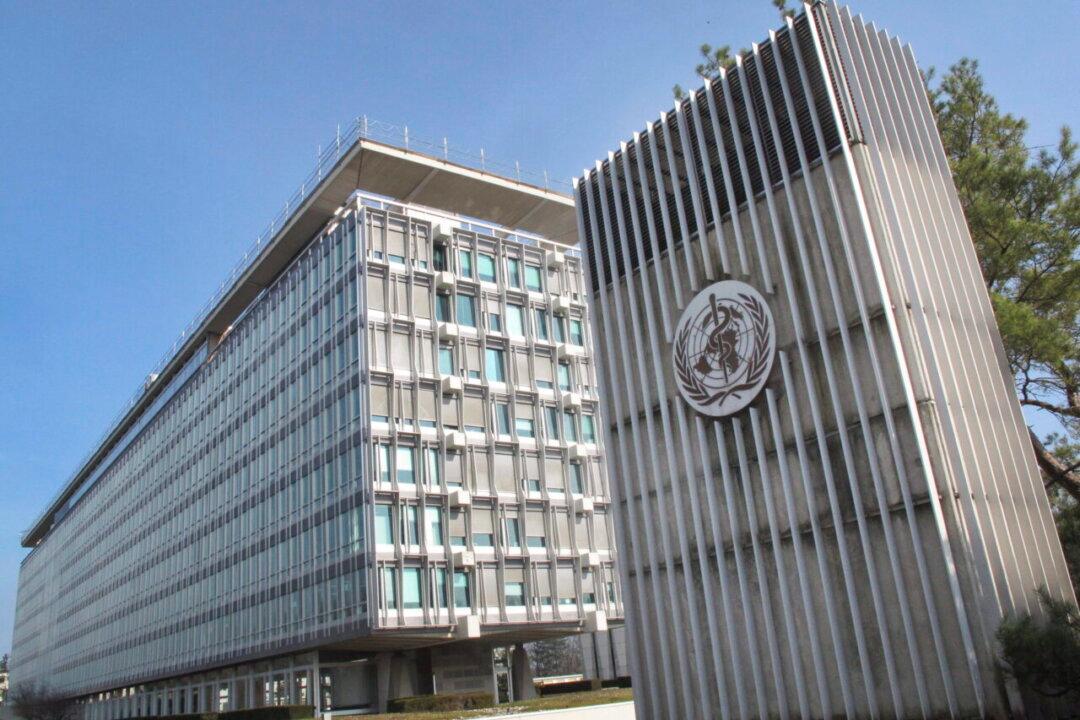The World Health Organization (WHO) said it is monitoring a bubonic plague outbreak that was reported in China’s Inner Mongolia.
The U.N. organization said Tuesday it is monitoring the situation but doesn’t consider it to be high-risk.


The World Health Organization (WHO) said it is monitoring a bubonic plague outbreak that was reported in China’s Inner Mongolia.
The U.N. organization said Tuesday it is monitoring the situation but doesn’t consider it to be high-risk.